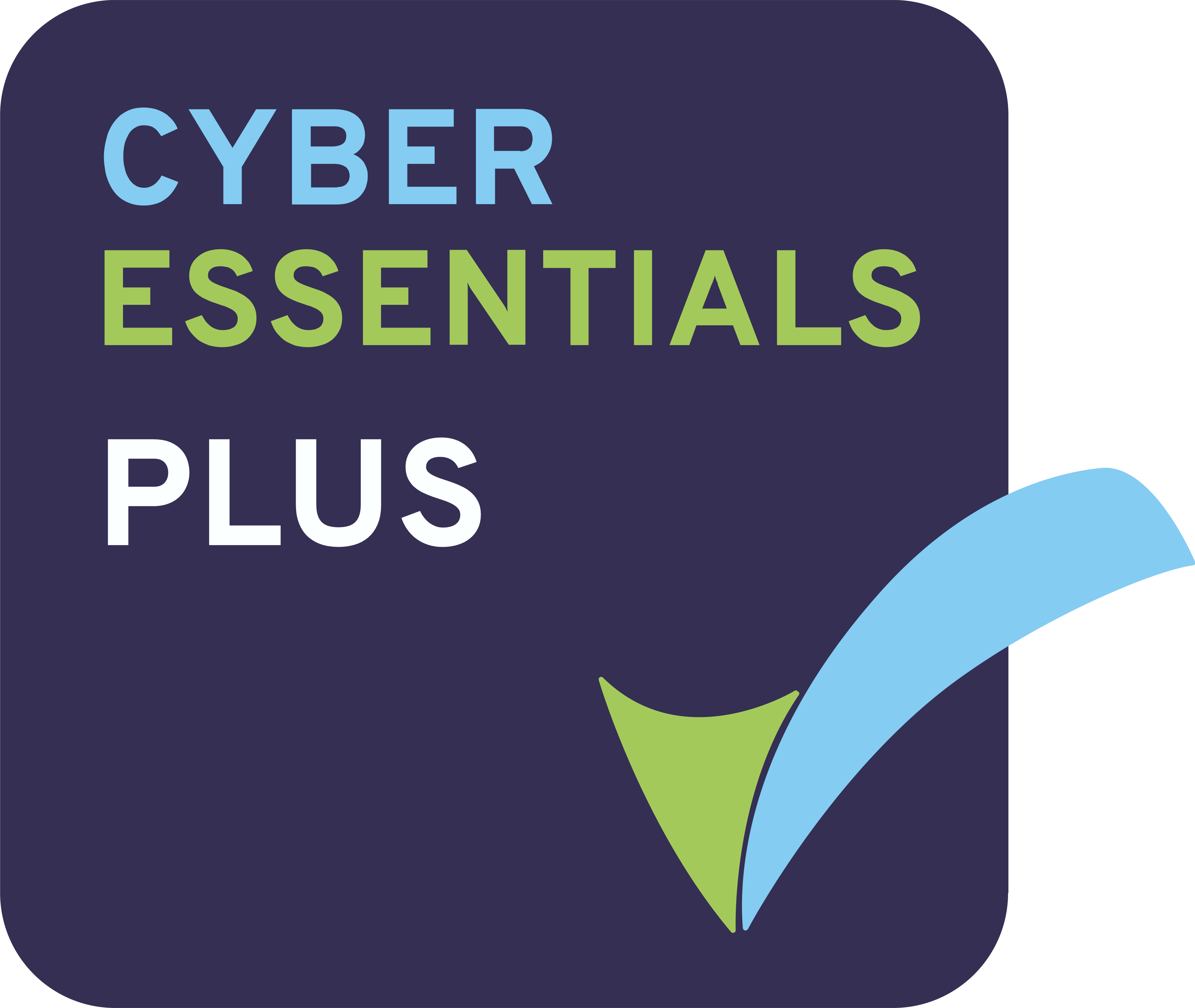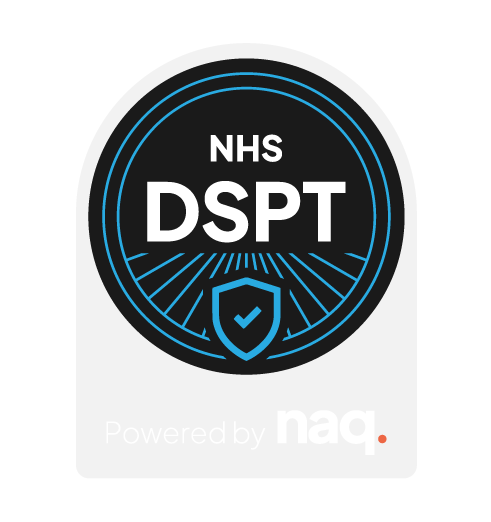DESCRIPTION
Ensuring the safety of children in care homes requires robust cyber security measures. Key practices include using strong passwords, firewalls, antivirus software, and two-factor authentication. Regular staff training, securing Wi-Fi networks, and data backups are also crucial. Additionally, monitor network activity, keep software updated, control access to sensitive information, and develop an incident response plan to protect against cyber threats and maintain a secure environment.
When
June 2023
Who
Paula Martinez

In today’s digital age, ensuring the safety of children in care homes extends beyond physical security. Cyber security is crucial to protect sensitive information and maintain a safe environment for both staff and children. Here are some vital cyber security measures to keep your children's care home safe.
1. Implement Strong Password Policies
Strong passwords are the first line of defense against cyber attacks. Ensure that all staff members use complex passwords that include a mix of letters, numbers, and special characters. Regularly update passwords and discourage sharing them.
2. Use Firewalls and Antivirus Software
Installing firewalls and antivirus software is essential to protect your network from malicious attacks. These tools help detect and block threats before they can cause harm. Regularly update the software to ensure it can defend against the latest threats.
3. Conduct Regular Cyber Security Training
Educate your staff on the importance of cyber security. Regular training sessions should cover topics like recognizing phishing emails, safe browsing practices, and how to handle sensitive information securely.
4. Enable Two-Factor Authentication (2FA)
Two-factor authentication adds an extra layer of security by requiring a second form of verification. This could be a code sent to a mobile device or a fingerprint scan. Implement 2FA for all critical systems and accounts.
5. Secure Wi-Fi Networks
Ensure that your Wi-Fi networks are secure by using strong encryption methods such as WPA3. Change default router passwords and hide your network’s SSID to make it less visible to outsiders.
6. Regularly Backup Data
Regular data backups are crucial in case of a cyber attack or hardware failure. Use both on-site and cloud-based backup solutions to ensure that your data is safe and can be quickly restored.
7. Monitor Network Activity
Use network monitoring tools to keep an eye on unusual activities. These tools can alert you to potential security breaches, allowing you to act swiftly to mitigate any threats.
8. Keep Software and Systems Updated
Regularly update all software and systems to patch security vulnerabilities. Enable automatic updates where possible to ensure you are protected against the latest threats.
9. Control Access to Sensitive Information
implement strict access controls to ensure that only authorized personnel can access sensitive information. Use role-based access controls and regularly review permissions.
10. Develop an Incident Response Plan
Prepare for the worst by developing an incident response plan. This plan should outline the steps to take in the event of a cyber attack, including communication strategies, data recovery, and reporting procedures.
Conclusion
Protecting a children's care home requires a comprehensive approach to cyber security. By implementing these measures, you can significantly reduce the risk of cyber threats and ensure a safe and secure environment for everyone. Stay proactive, educate your staff, and regularly update your security practices to keep up with evolving threats.
1. Implement Strong Password Policies
Strong passwords are the first line of defense against cyber attacks. Ensure that all staff members use complex passwords that include a mix of letters, numbers, and special characters. Regularly update passwords and discourage sharing them.
2. Use Firewalls and Antivirus Software
Installing firewalls and antivirus software is essential to protect your network from malicious attacks. These tools help detect and block threats before they can cause harm. Regularly update the software to ensure it can defend against the latest threats.
3. Conduct Regular Cyber Security Training
Educate your staff on the importance of cyber security. Regular training sessions should cover topics like recognizing phishing emails, safe browsing practices, and how to handle sensitive information securely.
4. Enable Two-Factor Authentication (2FA)
Two-factor authentication adds an extra layer of security by requiring a second form of verification. This could be a code sent to a mobile device or a fingerprint scan. Implement 2FA for all critical systems and accounts.
5. Secure Wi-Fi Networks
Ensure that your Wi-Fi networks are secure by using strong encryption methods such as WPA3. Change default router passwords and hide your network’s SSID to make it less visible to outsiders.
6. Regularly Backup Data
Regular data backups are crucial in case of a cyber attack or hardware failure. Use both on-site and cloud-based backup solutions to ensure that your data is safe and can be quickly restored.
7. Monitor Network Activity
Use network monitoring tools to keep an eye on unusual activities. These tools can alert you to potential security breaches, allowing you to act swiftly to mitigate any threats.
8. Keep Software and Systems Updated
Regularly update all software and systems to patch security vulnerabilities. Enable automatic updates where possible to ensure you are protected against the latest threats.
9. Control Access to Sensitive Information
implement strict access controls to ensure that only authorized personnel can access sensitive information. Use role-based access controls and regularly review permissions.
10. Develop an Incident Response Plan
Prepare for the worst by developing an incident response plan. This plan should outline the steps to take in the event of a cyber attack, including communication strategies, data recovery, and reporting procedures.
Conclusion
Protecting a children's care home requires a comprehensive approach to cyber security. By implementing these measures, you can significantly reduce the risk of cyber threats and ensure a safe and secure environment for everyone. Stay proactive, educate your staff, and regularly update your security practices to keep up with evolving threats.



